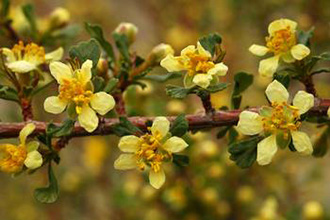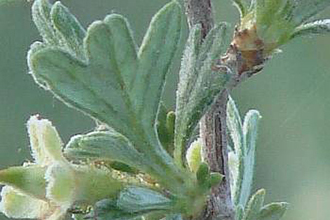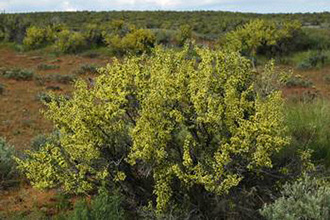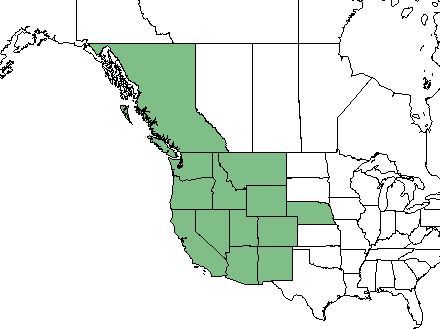Taxonomy: Kingdom - Plantae (plants). Subkingdom - Tracheobionta (vascular plants). Superdivision - Spermatophyta (seed plants). Division - Magnoliophyta (Flowering plants). Class - Magnoliopsida. Order - Rosales. Family - Roaceae (Rose family). Genus -Purshia DC. ex. Poir. Species - Purshia tridentata (Pursh) DC.
Ecology: Antelope bitterbrush (Purshia tridentata) appears in several mesic habitat types. Plant communities with antelope bitterbrush include range types such as antelope bitterbrush-bluebunch wheatgrass (Pseudoroegneria spicata), antelope bitterbrush-Idaho fescue (Festuca idahoensis), other steppe vegetation, and tree-dominated types such as ponderosa pine (Pinus ponderosa) forest and juniper (Juniperus spp.) woodland.



